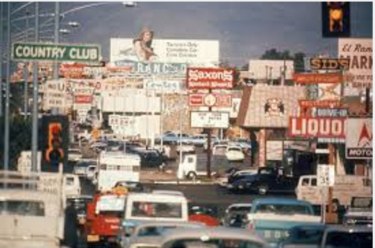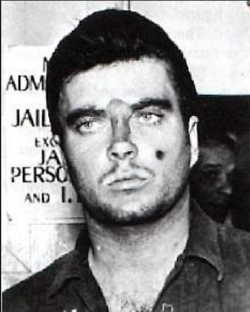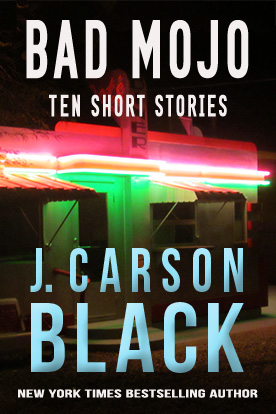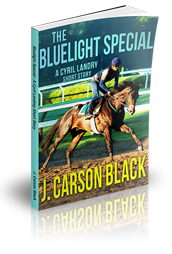
I have good news for you. “Talent” comes from writing—writing a lot. And reading. Reading a lot. Whether you’re Tweeting or talking on Facebook, or emailing a friend, or writing a letter, you’re already training yourself to write. In fact, in this era, people are very likely writing more than ever. You can write yourself right in to “Talent.”
Thanks to Facebook, most people are writing at a very high level, a conversational level. And they’re comfortable doing it. It’s just like talking.
Writing, like talking, is a muscle. The more you read, the more you write, the better you’re likely to get.
I know, the idea of writing a whole book can be daunting. It seems like a very big thing. It’s kind of like riding a bicycle—once you start pedaling, you’re actually doing it!
And . . . have chapters. Write a chapter first. That should lead to the next one. You’ve read books so you know how it goes.
The important thing is this:
If you like mysteries, start writing a mystery. If you like romance, start writing a romance. If you like thrillers, start writing a thriller. If you read enough of these novels (and read the best ones if you can), then you can write a book. Mainly because you have taught yourself how to write, just by reading and just by writing. I truly believe most people can write themselves right into having “talent.”
There really is nothing stopping you. When I decided to write my first novel, I just did it. I loved Stephen King’s books, so I wrote a horror novel about an old box camera that took pictures from the past. I’d read enough books to know that there would be a climax toward the end of the book, and then the ending.

You can write yourself right in to “Talent.” All it takes is reading, and writing, and seeing how a good book is written. Just keep working at it. Go to my author page on Facebook. From time to time, I will put up posts on the writing craft.
When you’re reading a really good book, try to see where there are turning points, big and small. Be aware that there will be a big scene—a climax—toward the end. That is usually where all the loose ends come together.
The books you love—they will teach you when and WHAT to write.
Categories: Darkscope The Leg Up The Writing Life Uncategorized Writing


















